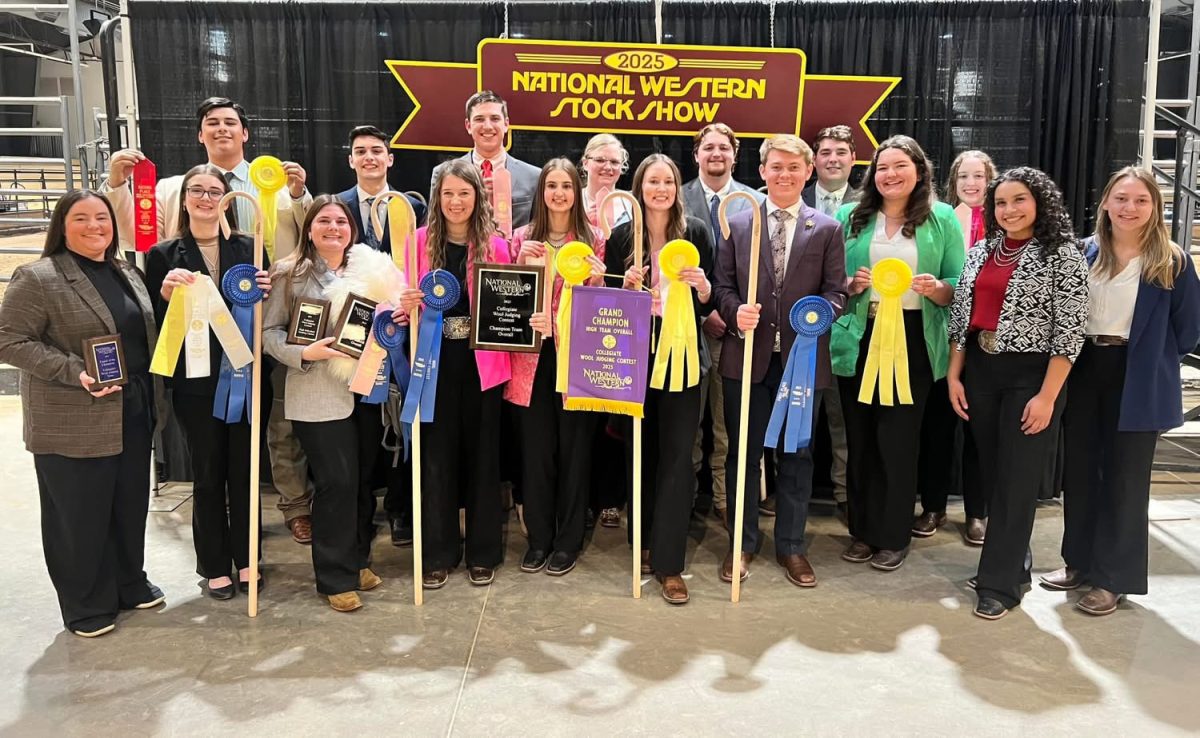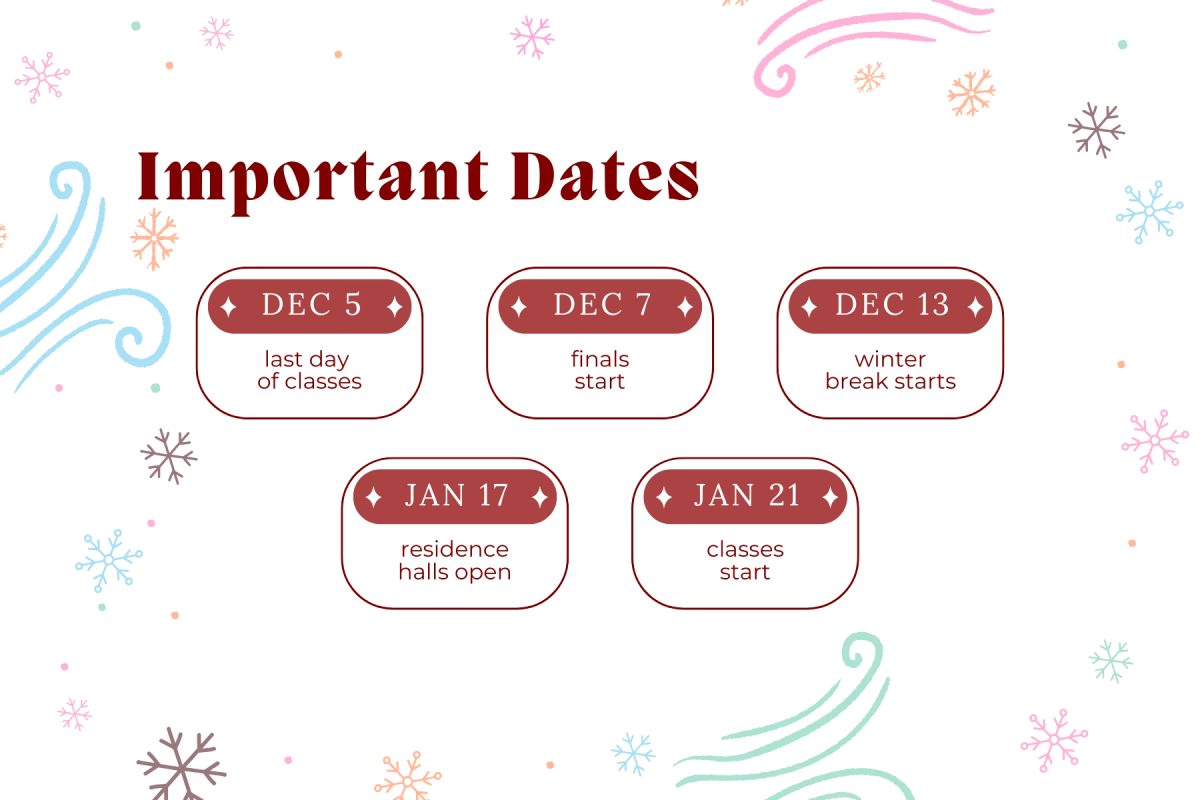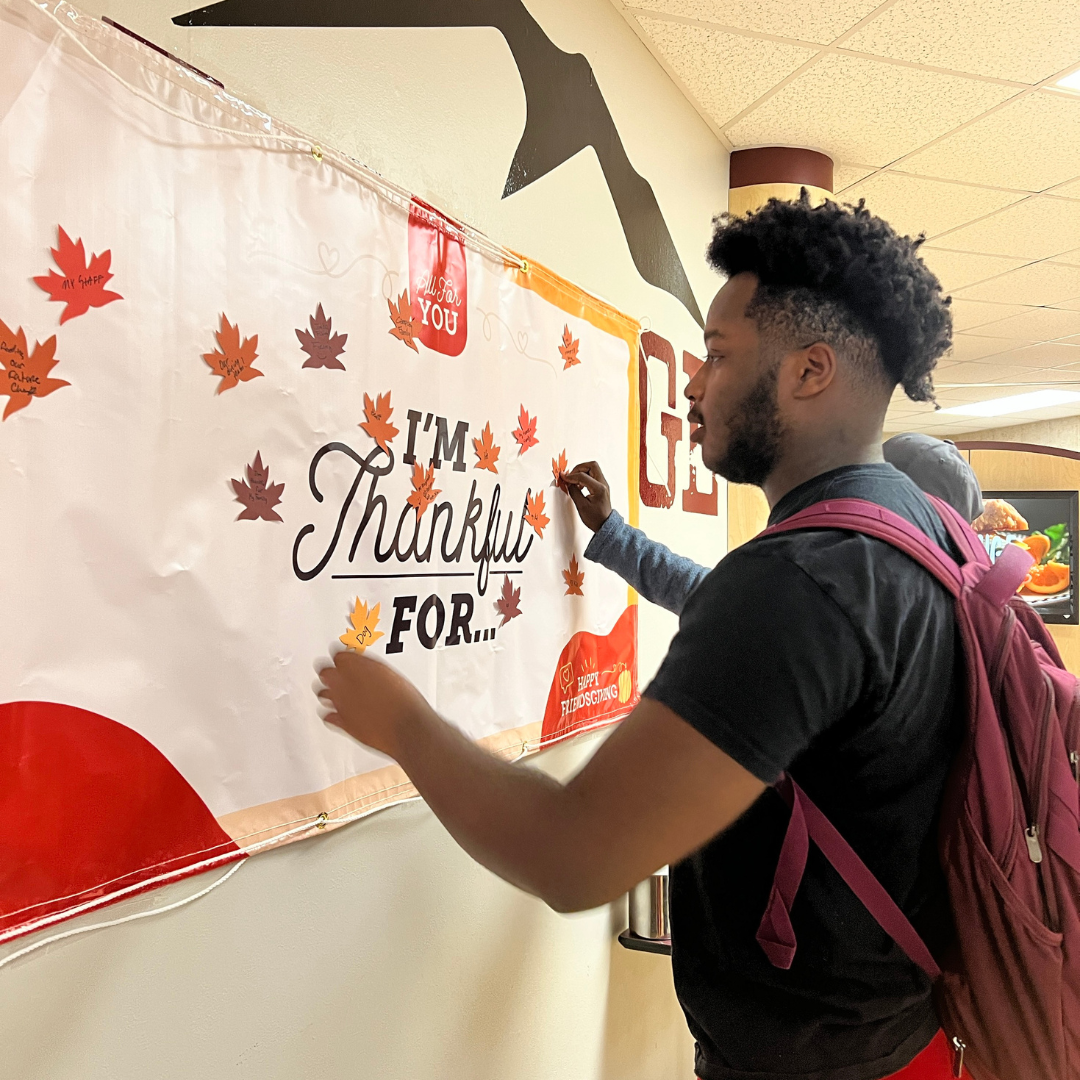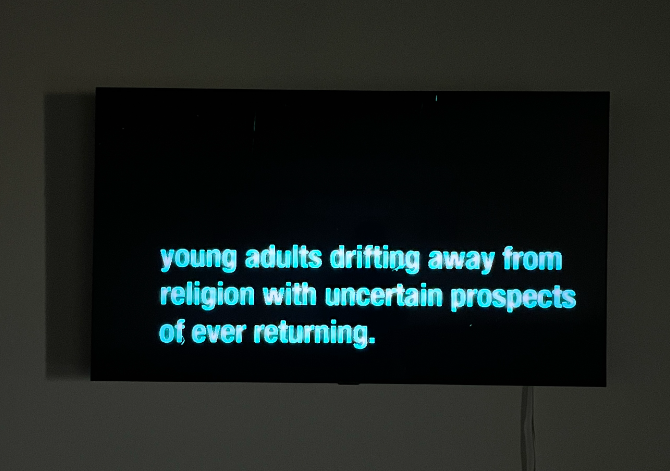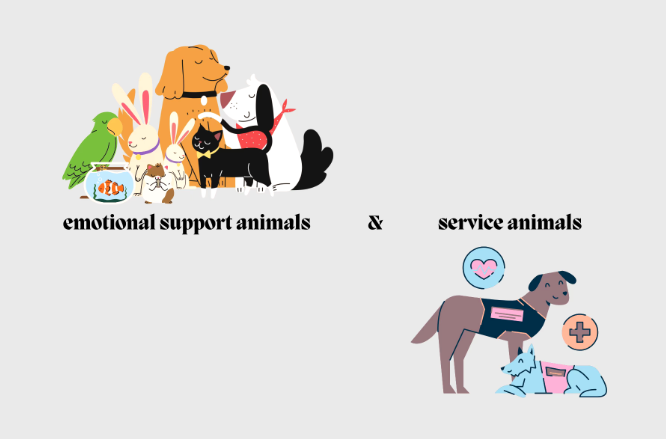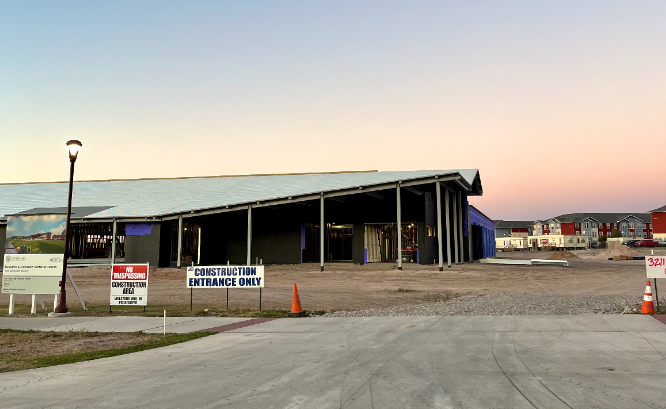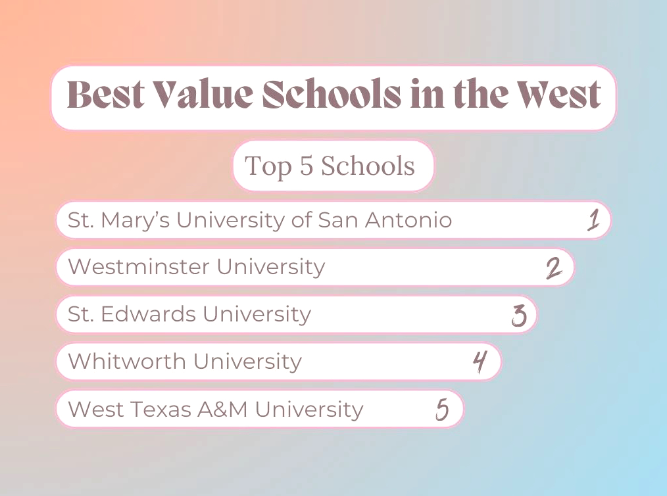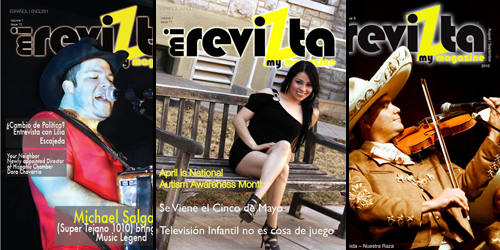
The 2010 Census reports that 16.3 percent of the population is Hispanic or Latino. They also report the Hispanic/Latino population increased by 43 percent between 2000 and 2010.
More locally, President of V-Me (Hispanic TV channel, click here for the english version) Carmen DiRienzo, said that 25 percent of Amarillo alone consists of Hispanic people.
Furthermore, according to College Board, 26 percent of students at WTAMU are Hispanic/Latino. In fact, the University’s Strategic Plan explains that Hispanic enrollment is expected to grow 38 percent for the period of fall 2018.
With these statistics in mind, the media in the United States are also shifting to target the Latino/Hispanic audience. An example is V-Me, the first Spanish language national public television channel.
DiRienzo has built and launched V-Me nationwide, guiding the network to become the fourth largest U.S. Spanish network, reaching 77 percent of Hispanic TV households.
“One of the things that inspired me was the idea that this [Hispanic] huge and dynamic population should have some connection with the media,” she said.
Although not of immigrant descent, DiRienzo said she was amazed with immigrant stories, especially of Latino descent.
“What can be more courageous than people who leave their countries and families behind to give better opportunities to kids?” she asked.
DiRienzo also explained that in Spanish TV and in the general market, there is portrayal of stereotypical Hispanics. Commonly Hispanics are depicted as criminals or dramatic like in novelas.
“The program philosophy is to provide [programming that is] appealing and entertainment, but focuses on kids, life style, drama that is not novelas,” she said.
Mi Revizta, a Hispanic monthly magazine of the Panhandle area, is also a media outlet that is trying to reach Hispanics.
“The important thing is that there is a relevant plataform,” Fernando Ballin, Founder and Publisher of Mi Revizta, said. “[It is important] to bring a sense of pride and placement for the Hispanic community.
He agrees that the media usually stereotype Hispanics and said that it is important to avoid misconceptions.
“We need to be able to share who we are, our customs and traditions,” he said.
Both Mi Revizta and V-Me are appealing to audiences outside of the Hispanic population. Both said that, in the majority of countries, people speak more than one language and their media outlets are helpful for those who want to learn the Spanish language.
“It is important for both sides to understand,” he said. “We term bilingual, but it is important to also recognize cultural background.”



